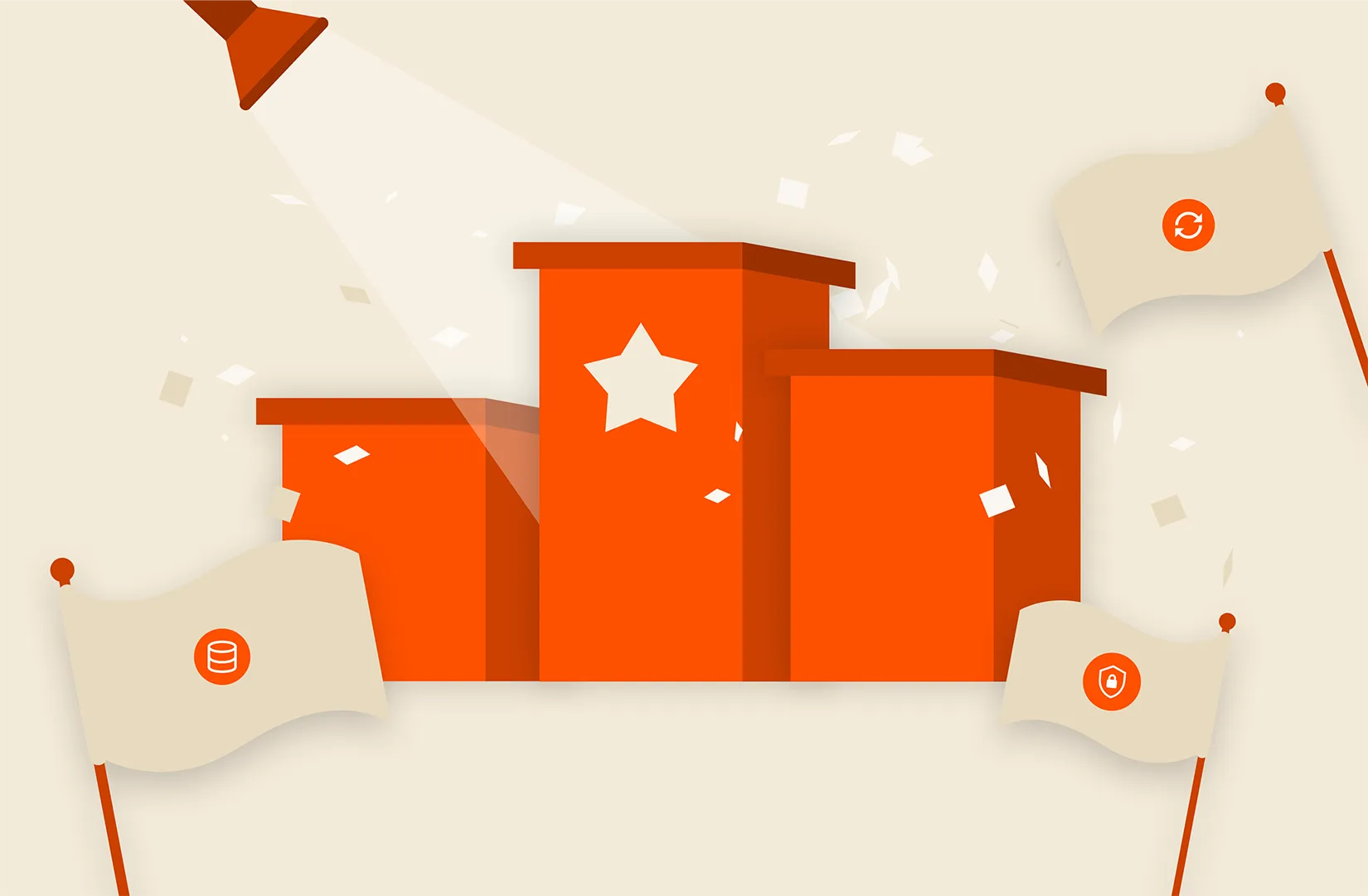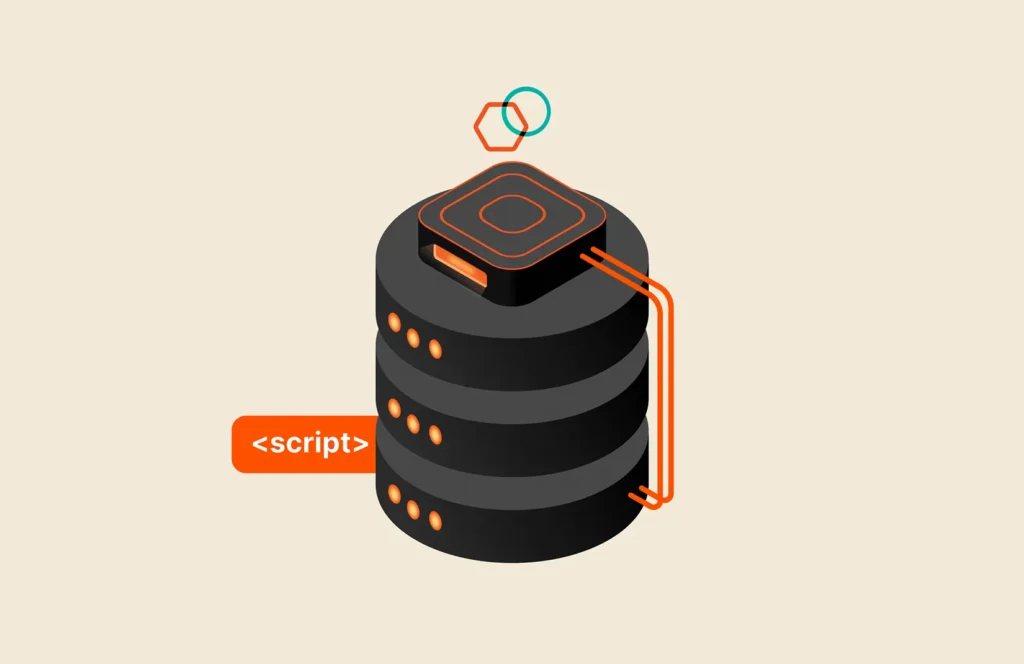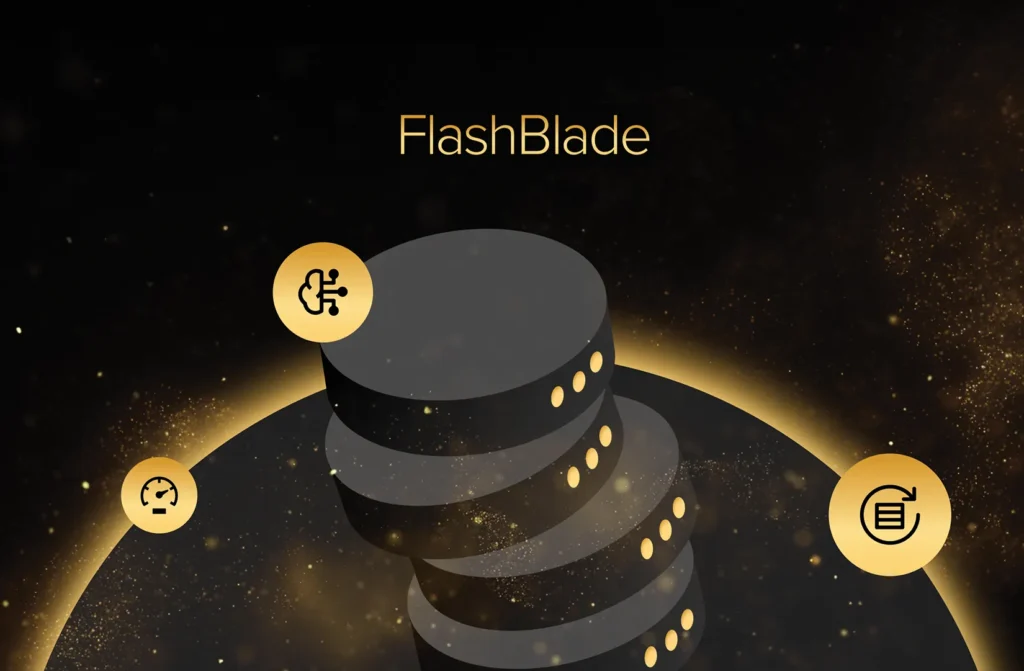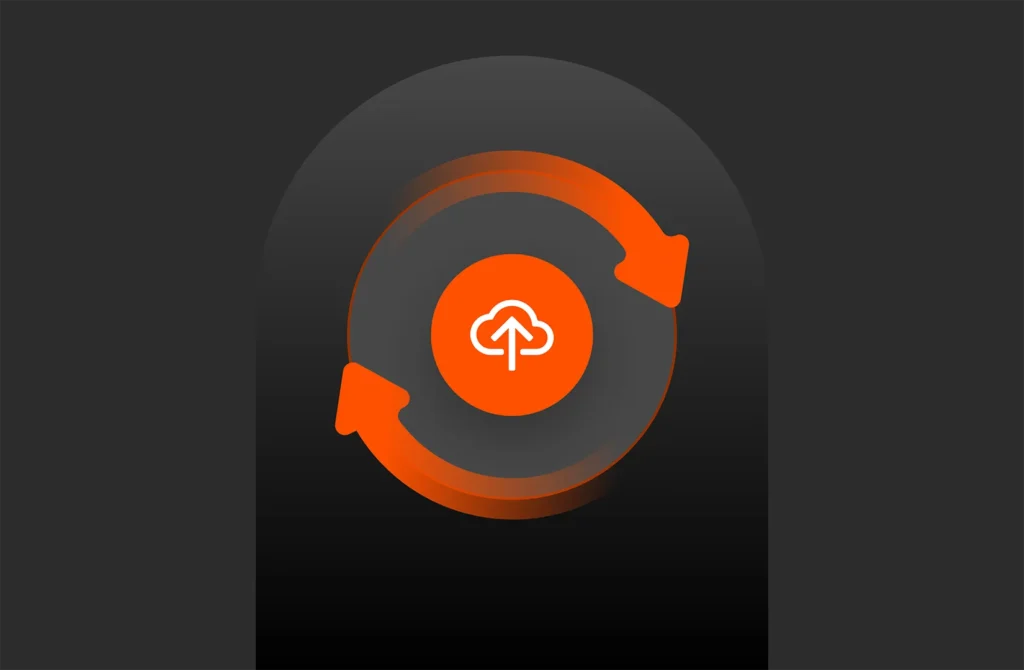Summary
While Portworx, Kafka, and Raft share the common goal of ensuring smooth operation if there are node failures, they differ when it comes to the leader election process and consensus algorithms.
Portworx®, Kafka, and the Raft protocol work well together to build strong, reliable systems that can handle a lot of data. Portworx makes sure that data is safely stored and always available, even if parts of the system fail. Kafka is a tool that helps move and process large streams of data in real time, and it needs stable storage to work well. Kafka also uses ideas from the Raft protocol to keep track of changes and decide which part of the system is in charge, helping everything stay in sync. When you use Portworx for storage, Kafka for data streaming, and Raft for keeping things consistent, you get a powerful setup that can handle big workloads without breaking.
Raft’s Goal and Background
The Raft protocol is a fascinating topic because it elegantly addresses the challenges of consensus and fault tolerance in distributed systems. Its primary goal is to ensure that a distributed system remains consistent even in the presence of server failures or network partitions. Raft guarantees that all non-faulty nodes in the system will agree on the same log entries in the same order, ensuring data consistency.
Raft is a leader-based consensus algorithm, meaning there is a single leader in charge of handling operations and ensuring that they are applied consistently across all nodes (servers). If the leader fails, the system will automatically elect a new leader and continue processing client requests.
What Is Kafka?
Apache Kafka is a distributed streaming platform that is widely used for building real-time data pipelines and streaming applications. Originally developed by LinkedIn and now an Apache Software Foundation project, Kafka is designed to handle high-throughput, fault-tolerant, and distributed event streaming. It allows applications to publish, subscribe, store, and process streams of records in real time.

One Platform.
Every Workload.
Learn how Pure Storage unified, as-a-service storage
platform powers your data strategy with ease and efficiency.
Kafka Raft Is Replacing ZooKeeper
ZooKeeper is a centralized service for maintaining configuration information, naming, providing distributed synchronization, and providing group services in distributed systems. The transition from ZooKeeper to Kafka Raft (KRaft) was driven by the need to simplify operations and enhance metadata management. According to KIP-500, this change reduces complexity by eliminating the need to manage two separate distributed systems. ZooKeeper requires different deployment patterns, management tools, and configurations compared to Kafka, so consolidating everything into a single system minimizes configuration errors and operational overhead.
Beyond simplifying operations, KRaft treats metadata as an event stream, allowing cluster members to track their position using a single offset. This approach enables faster synchronization by applying the same principles that govern Kafka producers and consumers to the cluster itself.
Figure 1: Kafka architecture with and without Raft.
What Is Portworx?
Portworx is a cloud-native storage platform designed for Kubernetes and other container orchestration systems. It’s used to provide persistent, high-performance, and scalable storage for containerized applications. Portworx is a storage layer for Kubernetes. It lets containers use reliable storage like databases, stateful apps, or big data workloads with high availability, replication, backup, and disaster recovery.
Leader Election
Leader elections in Portworx, Kafka, and the Raft protocol share some common principles, but they’re applied in different contexts. Here’s a breakdown of the similarities:
1. Purpose: Achieving Consistency and Availability
All three systems use leader election to ensure that there is a single point of authority for managing a particular resource, which helps in achieving consistency and availability in a distributed environment.
- Portworx: Uses leader election to coordinate resource management tasks like volume provisioning and backups, ensuring that no conflicting operations happen within the storage cluster.
- Kafka: Uses leader election to determine which broker will handle requests for a specific partition, ensuring consistency and availability for message processing.
- Raft: Uses leader election to decide which server will manage the log replication and state machine operations, ensuring that the system can make progress even if some nodes fail.
2. Fault Tolerance: Automatic Failover
When the current leader fails, a new leader must be elected, and this process is designed to minimize downtime and ensure the system remains available.
- Portworx: If the leader managing a particular storage resource fails, a new leader is automatically elected to ensure storage operations continue seamlessly.
- Kafka: When the leader of a partition goes down, an election happens within the in-sync replicas (ISR) to ensure that a new leader is elected and the partition can continue to serve requests.
- Raft: If the leader node crashes or becomes unreachable, the remaining nodes perform a leader election, with the next candidate being the one with the most up-to-date logs.
3. Consensus Mechanism
Both Kafka and Portworx leverage consensus protocols (Raft in Portworx’s case and ZooKeeper or KRaft in Kafka’s case) for leader election. While ZooKeeper (or KRaft in newer Kafka versions) and Raft use different algorithms, they share common goals: ensuring strong consistency and fault tolerance in distributed systems.
- Portworx (Raft-based): Uses Raft as its underlying consensus protocol, where a leader is elected to coordinate cluster-wide operations and ensure that all state changes are consistent.
- Kafka (ZooKeeper/KRaft-based): Kafka used to rely on ZooKeeper for managing metadata and leader election for partitions, but newer versions of Kafka are moving toward Kafka Raft (KRaft), which is based on Raft’s consensus protocol for leader election.
- Raft protocol: Raft itself is a consensus algorithm designed to handle leader election, ensuring that only one leader manages the log and that the system stays consistent even when some nodes fail.
4. Strong Consistency Guarantees
Leader election ensures that only one leader can make decisions at any given time, providing strong consistency within the system.
- Portworx: Guarantees that the elected leader is the one responsible for coordinating storage operations and maintaining consistency.
- Kafka: Ensures that a single partition leader processes all reads and writes, providing consistency within that partition.
- Raft: The leader is responsible for log replication and managing the state machine. Any changes to the system state must go through the leader, which ensures consistency across the cluster.
5. Election Process Based on Log Term or Heartbeats
Leader election is often based on log terms or heartbeats to determine the current leader’s health and authority.
- Portworx: Similar to Raft, Portworx nodes use heartbeats and a term-based election process to ensure that only one leader controls critical storage operations at a time.
- Kafka: In older versions (with ZooKeeper), leader election was driven by ZooKeeper nodes, while newer Kafka versions (with KRaft) use similar mechanisms to Raft where brokers send heartbeats to maintain leader status.
- Raft: The Raft protocol uses terms to ensure that no two leaders can be elected simultaneously, and heartbeats are sent by the leader to maintain its leadership.
6. Re-election on Failure
Whenever the leader fails, the system triggers a re-election process to ensure that leadership is always available and the system can continue to function.
- Portworx: If the leader managing storage resources becomes unavailable, a re-election occurs, and a new leader is chosen to take over the responsibilities.
- Kafka: If a partition leader fails, the ISR triggers a re-election from the available replicas to elect a new leader.
- Raft: If the leader node crashes, the remaining nodes hold a new leader election to ensure that the system can continue progressing with the most up-to-date logs.
Wrap-Up
While the specific details of the leader election process and the consensus algorithms differ between Portworx, Kafka, and Raft, the overall goals of providing consistency, availability, and fault tolerance in distributed systems are shared. These systems use leader election as a mechanism to ensure smooth operation in the face of node failures and to maintain coordination in distributed environments.
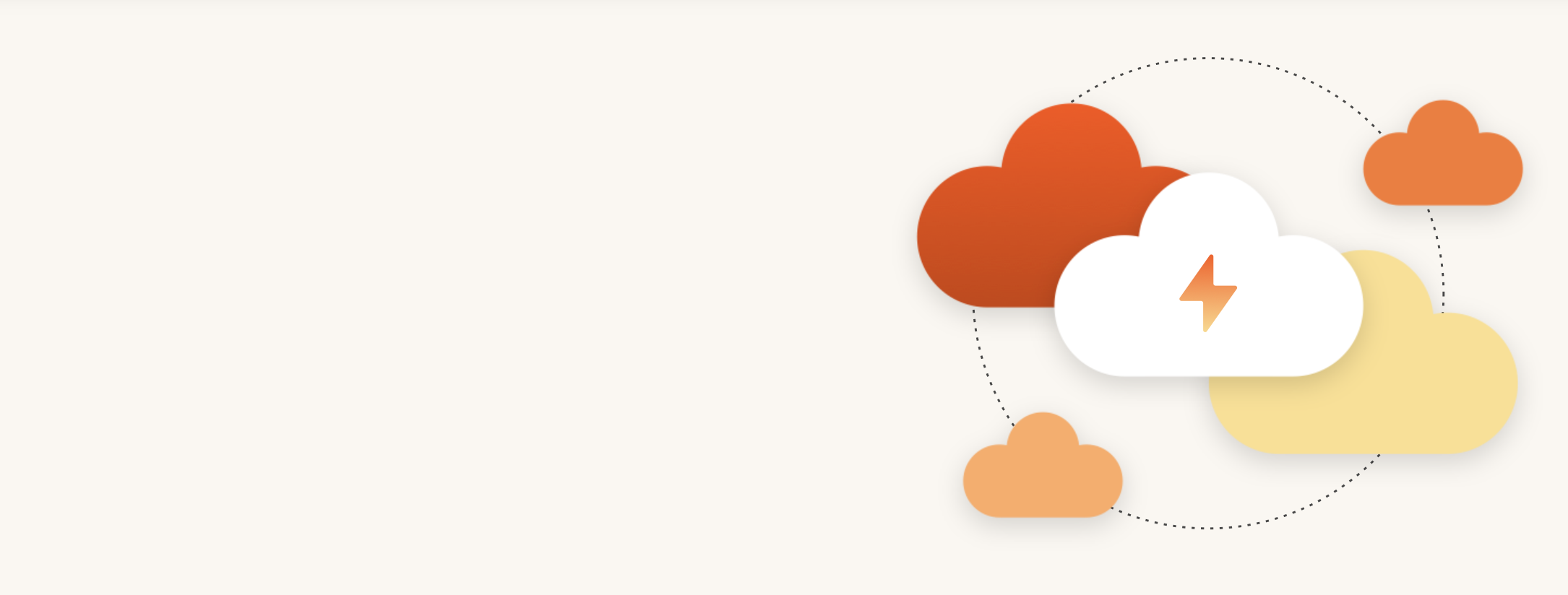
Modern Hybrid Cloud Solutions
Seamless Cloud Mobility
Unify cloud and on-premises infrastructure with a modern data platform.
Try Portworx
Take a free test drive in our virtual lab environment.
